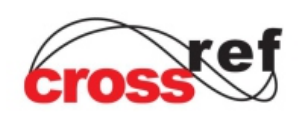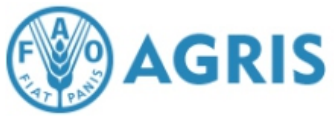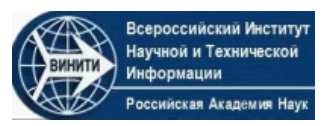Neurocognitive mappings and functions for neuromorphogenesis models in control systems of intelligent ontophylogenetic agents
Z.V. Nagoev
Upload the full text
Abstract. The main scientific problem of this work is the need to develop a formal apparatus for describing processes of onto-neuromorphogenesis, growth and development of axo-dendronal connections among agent neurons in the control neurocognitive architectures of intelligent software agents. The aim of the study is to develop a formal apparatus describing the interaction among elements of multi-agent neurocognitive architectures of agents of universal artificial intelligence. A formal apparatus has been developed to describe multi-agent neurocognitive architectures and processes of situationally conditioned growth and degradation of associative connections in them, inspired by the processes of growth and degradation of axo-dendronal connections in human brain. For the first time concepts have been introduced and formal definitions have been given for multi-agent spaces, coordinates, axes, metrics, protocols, dialogues, replicas and multi-replicas, neurogenesis functions, presynaptic and postsynaptic terminals, correlation and trust coefficients, activation and trust functions, synapses, which are necessary for recording and calculating contracts among actors as part of cognitive architectures of agneurons. For the first time neuro-cognitive functions (mappings) have been introduced that describe the processes of ontoneuromorphogenesis in neurocognitive architectures of intelligent agents.
Keywords: artificial intelligence, multi-agent systems, neurocognitive architectures, neuromorphogenesis, machine learning, ontophylogenetic agents
For citation. Nagoev Z.V. Neurocognitive mappings and functions for neuromorphogenesis models in control systems of intelligent ontophylogenetic agents. News of the Kabardino-Balkarian Scientific Center of RAS. 2024. Vol. 26. No. 6. Pp. 188–196. DOI: 10.35330/1991-6639-2024-26-6-188-196










